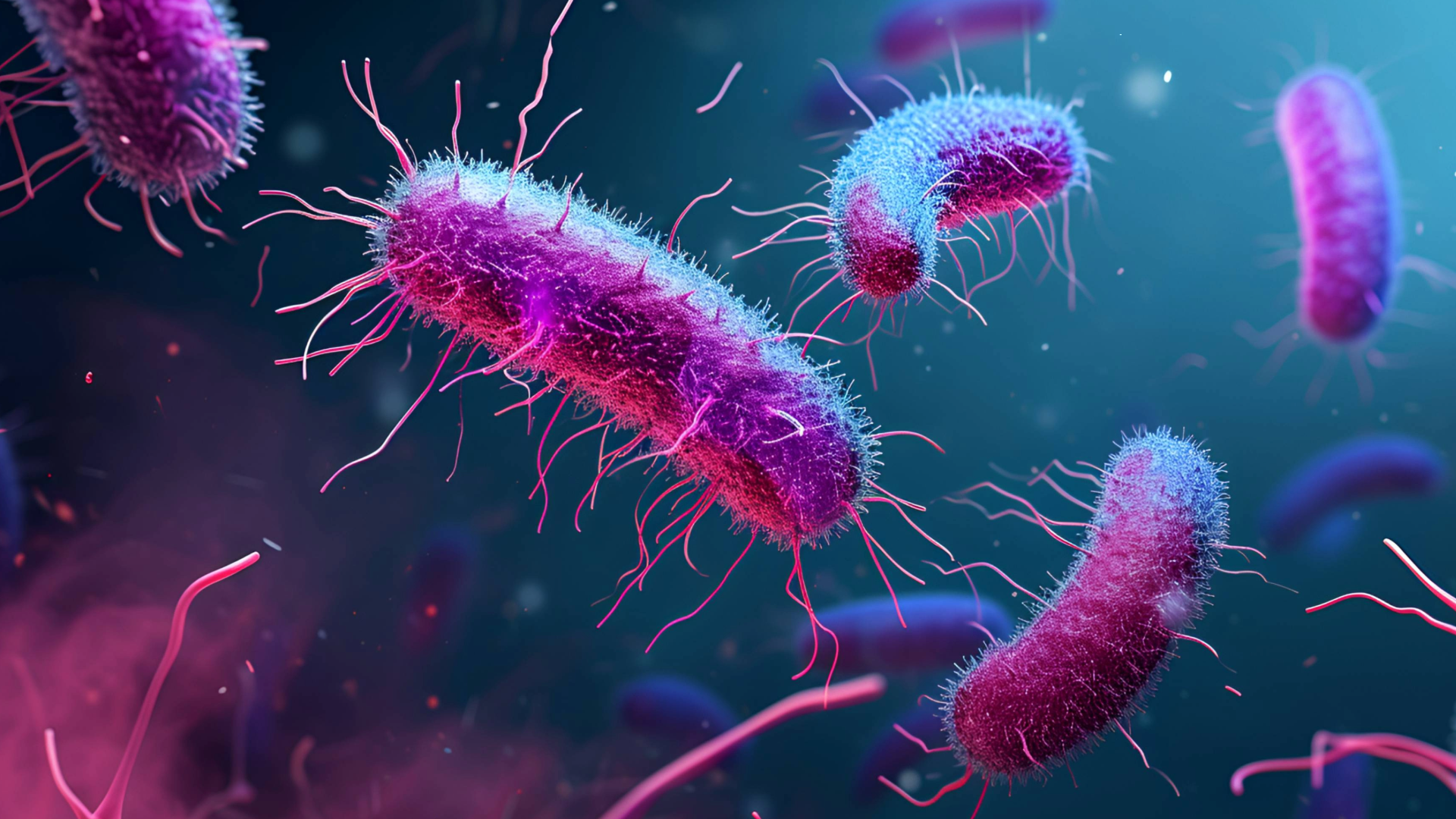
Microorganisms wield the power to revolutionise industries and address global challenges. These "little factories" are central to the production of a diverse array of high-value products across various sectors, including pharmacy, chemistry, and environmental applications. Bioprocess engineering not only helps optimise the potential of these fascinating microscopic powerhouses but is also a powerful field that is worth consideration in IP strategies to ensure a competitive edge.
Microorganisms such as microalgae, mammalian cells, and bacteria have garnered attention for their incredible ability to produce valuable substances.
- Known for their high photosynthetic efficiency, microalgae convert carbon dioxide into valuable products, such as biofuels, nutritional supplements, and cosmetics, offering a sustainable solution to combat climate change. Certain strains are cultivated for their lipid content, which can be processed into biodiesel, lubricants, or other valuable products. Others are used as food ingredients or to produce, for example, omega-3 fatty acids, essential for human health.
- Mammalian cells, particularly Chinese Hamster Ovary (CHO) cells, are the workhorses of the biopharmaceutical industry. These cells are engineered to produce complex proteins like monoclonal antibodies, which are used to treat diseases, including cancer and autoimmune disorders. Other high-value pharmaceutical products produced using these cells include hormones, enzymes and cytokines.
- Another powerful production machine is Escherichia coli (coli) which is a versatile bacterium widely used in synthetic biology. Through genetic engineering, E. coli can be programmed to produce a variety of recombinant proteins like insulin, human growth hormone, and bioengineered vaccines. It is also used to produce biodegradable plastics and biofuels, as well as other innovative materials, such as silk proteins.
A common drawback of these fascinating microscopic powerhouses is that they typically produce the desired products in small quantities. This necessitates precise and careful engineering not only of the microorganism itself but also of the entire production process. Here is where bioprocess engineering comes into play. Upstream processing focuses on optimising the growth conditions and genetic stability of the cells to maximise yield. This involves precise control over nutrients, pH, temperature, and oxygen levels in bioreactors to ensure optimal growth and production. Once the target product is produced, downstream processing takes over, providing a further opportunity for process optimisation. This stage comprises extracting, purifying, and refining the product to meet not only the necessary yields but also stringent safety and quality standards (often collectively referred to as critical quality attributes). Bioprocess engineering also covers scaling up of the production process from laboratory-scale to industrial levels in large bioreactors. However, this step, in particular, presents a significant technical challenge. The assumption that a successful lab-scale process can be easily converted to industrial-scale production often proves incorrect, and history has shown that the processes at scale often encounter significant issues that do not arise in the laboratory setting. Scaling up therefore usually requires additional process adaptations, involving significant scientific work, to ensure that production remains efficient, cost-effective, and reaching quality standards. As such, engineering of each stage of a bioprocess can produce scientific innovations, uncovering (highly patentable) new methods, tools, and techniques that enhance e.g. production efficiency and product quality.
These bioprocess engineering innovations can play a crucial role in the development of intellectual property (IP) strategies. While product patents protect the specific products produced, they often have a limited lifespan. Once these patents expire, competitors can produce generic products, reducing the original developer's market share. Patents on the bioprocess itself - covering innovative methods for microorganism cultivation, upstream and downstream processing, as well as aspects relevant for conducting the bioprocess at scale – can provide an additional layer of protection for innovators. These process patents can ensure that even when product patents expire, the proprietary methods used to produce the product remain exclusive, offering a competitive edge. Additionally, many innovations developed in the context of bioprocess engineering are applicable to more than one specific bioprocess, potentially offering a competitive advantage over a whole class of bioprocesses, or protection for solutions in the field of bioprocess engineering that can themselves be commercialised.
Conclusion
Microorganisms are unsung heroes which are transforming industries by enabling the sustainable and efficient production of high-value products. From biofuels and pharmaceuticals to innovative materials, these little factories are driving innovation. Bioprocess engineering not only optimises the potential of these microorganisms but also ensures that the production processes are scalable, efficient, and environmentally responsible. It is important to recognise that bioprocessing is not straightforward, and the challenges encountered require innovative (and therefore often valuable and patentable) solutions.
If you want to learn more about protecting innovations in the space of bioprocessing & industrial biotechnology, visit our spotlight page or talk to our BioProcessing & Industrial BioTech Specialists directly.
Anja is an experienced member of the Life Sciences Patent Team, focusing on bioprocess engineering, pharmaceuticals, and related fields. She specialises in patent prosecution before the European Patent Office (EPO) and the German Patent and Trademark Office (DPMA), as well as handling oppositions and appeals at the EPO, both offensive and defensive.
Email: anja.koller@mewburn.com
Sign up to our newsletter: Forward - news, insights and features
Our people
Our IP specialists work at all stage of the IP life cycle and provide strategic advice about patent, trade mark and registered designs, as well as any IP-related disputes and legal and commercial requirements.
Our peopleContact Us
We have an easily-accessible office in central London, as well as a number of regional offices throughout the UK and an office in Munich, Germany. We’d love to hear from you, so please get in touch.
Get in touch

